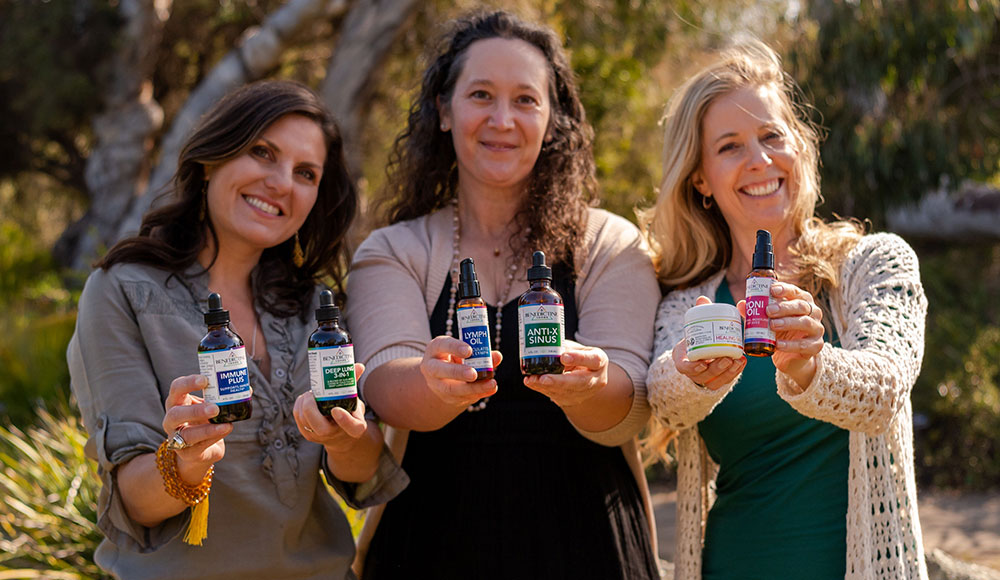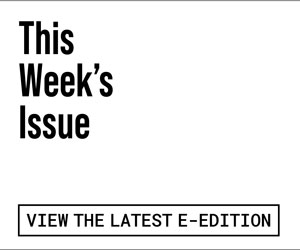Here in Santa Cruz, alternative health practices hold a special place in the community. From yoga to herbal medicine to acupuncture, the county’s holistic roots run deep. Today, you can find more than 200 local acupuncturists—plus a teaching institute devoted to the craft. But this represents a sea change from just a half-century ago.
In the early 1970s, the California Medical Board was on a mission to shut down all “unlicensed” healers—anyone practicing acupuncture, herbalism or even midwifery. Practitioners could be arrested for offering care that fell outside the boundaries of Western medicine.
It was during this turbulent time that Stanford-trained audiologist and lifelong herbalist Martha Benedict met Dr. Miriam Lee, one of the first Chinese-trained acupuncturists to bring the ancient healing art to America. Lee had opened a small clinic in Palo Alto, and Benedict—curious and committed—became one of her early students.
When Lee was arrested for practicing without a license, Benedict joined a grassroots movement to defend her. Together, this small but determined group of healers helped persuade California lawmakers to legalize acupuncture in the mid-1970s—an effort that paved the way for the thriving alternative medicine community we have today.
After relocating to Santa Cruz, Benedict began combining her background in science and herbalism with the principles of traditional Chinese medicine. She cooked up herbal blends for her patients, her friends and her family—formulas inspired by Chinese, Ayurvedic and Western herbal traditions. Word spread quickly, and Benedict’s kitchen soon became a small laboratory of herbal experimentation.
Her skill and passion led her to co-found the American College of Traditional Chinese Medicine in San Francisco—one of the first accredited institutions in the U.S. to teach acupuncture and herbal medicine. For several years, she taught there before returning to Santa Cruz to focus on her own clinical practice.
In her garden, Martha grew the herbs she used—organically, of course—and refined her tinctures and tonics through years of practice. She collaborated with other acupuncturists, constantly adjusting her formulas to meet the shifting needs of the seasons and her clients’ health challenges.
By 1996, Benedict had officially founded Benedictine Healing Products, a line of internal extracts, salves and topical oils that soon gained a national following. The company’s formulas—crafted from herbs grown biodynamically and harvested by hand—became known for their potency, purity and originality.
When Benedict passed away in 2018, she left behind more than a business. She left a legacy of healing, activism and empowerment—especially for women in the wellness world.
“She was literally so beloved,” recalls Sue George, now co-owner and operations manager of Benedictine Herbs. “When I do events in Santa Cruz, people still become teary. That’s how much Martha meant to this community. She wasn’t just making herbal products—she was empowering women to heal themselves and each other.”
George, who was living in San Diego at the time of Benedict’s passing, was a longtime fan of her work. Afterward, Benedict’s partner reached out for help running the business. George stepped in—and soon became part of the leadership team.
For George, continuing the Benedictine mission isn’t just about the merch. It’s about preserving the integrity of traditional medicine in a world of quick fixes driven by social media.
“In Western society, we treat medicine as a post-illness solution,” she explains. “We go to the doctor to get fixed or to get a prescription. But herbalism is proactive. It’s about supporting the body before it breaks down.”
She’s quick to point out the challenges facing practitioners today. Acupuncture colleges are closing. Insurance rarely covers holistic treatments. And many acupuncturists can’t afford to stock quality herbs for their patients. “It’s a vicious cycle,” she says. “Our nonprofit mission is to help change that—to make traditional medicine part of our universal healthcare conversation.”
In the meantime, George carries on Benedict’s educational legacy, teaching people how to integrate herbs into daily life—starting small, starting simple.
“For anyone new to herbal medicine,” she says, “the best place to start is in your kitchen. Herbs are food. Grow a little rosemary or lavender—they thrive here. Add a sprinkle of cinnamon to your oatmeal. Drink herbal tea every day. It doesn’t have to be complicated.”
It’s this blend of simplicity and sophistication—ancient knowledge meeting modern accessibility—that keeps Benedictine Herbs thriving nearly 30 years after its founding.
From handcrafted tinctures to aromatic oils, every bottle carries the essence of the woman who started it all: a scientist, an activist, a healer, and a believer in the power of plants to mend not just the body, but also the soul.
As George puts it, “Martha combined Eastern, Western and Ayurvedic traditions in a way no one else did. She left a blueprint for healing that’s as relevant now as it was 50 years ago—and we’re just honored to keep that spirit alive.
Elizabeth Borelli is an author, yoga and breathwork teacher, plant-based nutrition expert. To learn more, visit ElizabethBorelli.com.














Martha Benedict was a gifted healer who shared her essence openly with the world. She was the best friend a person could possibly have and our community misses her and we forever hold Martha dear in our hearts.